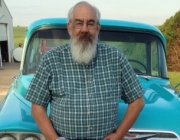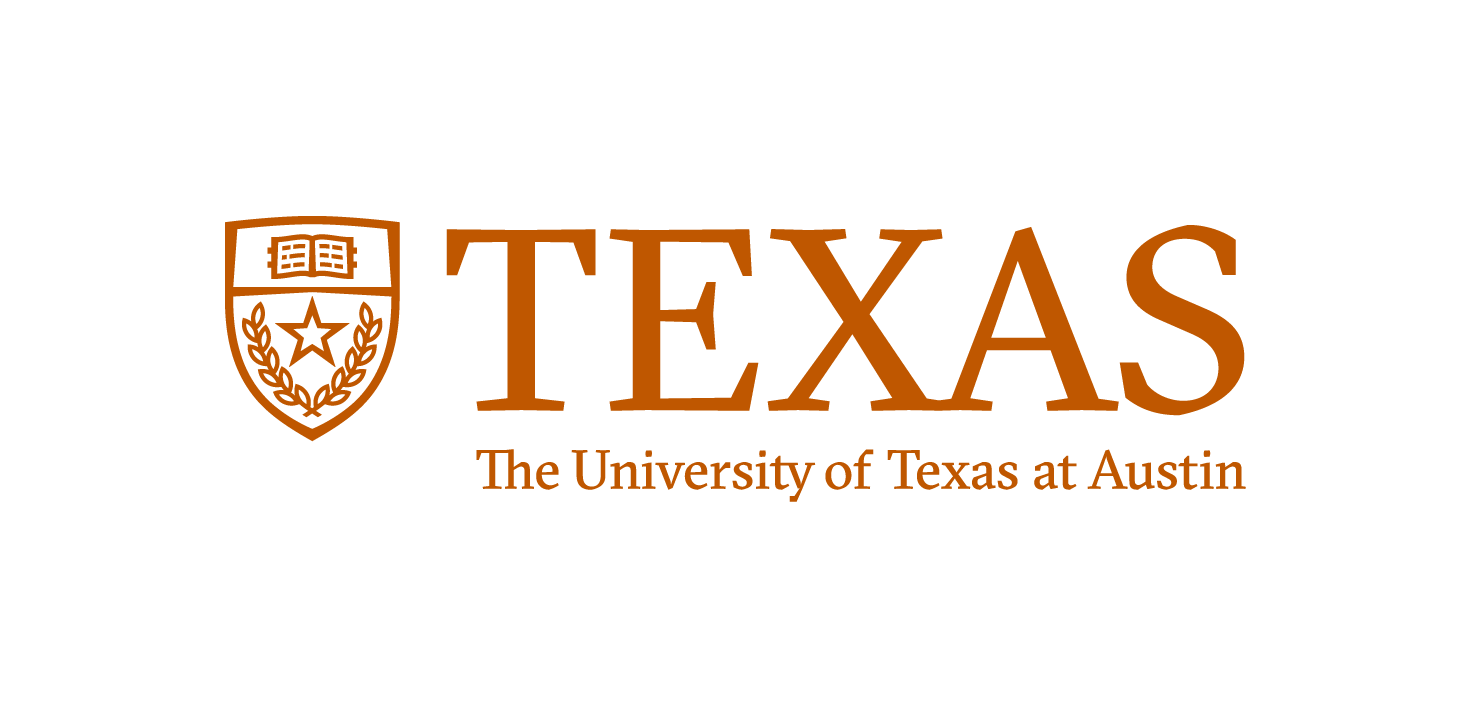Other scientific skills and interests
I have serveral interests that interleave with my approach to basic research. I think it's the rare investigator who is able to succeed by just doing their specific experiments and not being interested in all aspects of performing research. Here are some of my other interests.
Electronic typesetting
Several years ago, when we used UNIX-based computers that didn't run Microsoft Word (Masscomps and NeXTs), we started using LaTeX to typeset our documents. TeX is a typesetting program by Donald Knuth, used extensively in mathematics, computer science, physics, economics, and other fields. LaTeX is a set of macros that make using TeX easier. Our documents created in LaTeX were beautiful, and at one time everyone in the lab knew how to edit LaTeX input. Now that we've moved on to Macs that do have Word, our use of LaTeX has decreased dramatically. I still, however, greatly prefer the beauty of a properly typeset document. The sloppy kerning and baseline adjustments in Word are simply ugly. Yes, it's fast and easy, and anyone can throw together a document in Word, but the cost of ease-of-use is mediocre output.
My colleagues, Dan Johnston and Sam Wu, and I created a textbook, Foundations of Cellular Neurophysiology, published by MIT Press. I did all the typesetting for the book, and it was 100% LaTeX. If you want to learn about beautiful scientific typesetting, there are many useful websites you can visit. A good history of TeX is here and you can learn about LaTeX here. There are several nice frontends for TeX and LaTeX on modern Macs. We like TexShop. These modern frontends make LaTeX almost as easy as a WYSIWYG word processor, but produce far superior output.
Computer modeling of neurons
Many years ago our lab put a lot of energy into writing our own neuron-simulation programs (Ted Carnevale collaborated with us via speaker phone). We spent a lot of time on that project, and many other neurophysiologists also developed their own modeling programs. The problem was that they were all incompatible with each other and it was difficult to incorporate the findings of others in a different model. John Moore and Mike Hines came to the rescue by creating a beautiful and flexible modeling program called NEURON. Mike Hines is at Yale, and Ted is now part of that project there. Another modeling envirionment that is very powerful and popular is Genesis, but I don't have much experience with that. I used NEURON (and some earlier versions called CABLE) to create most of the simulations that were used in Foundations of Cellular Neurophysiology.
Electronics for neurophysiology
I grew up in neurophysiology labs when you were expected to build your own electronics; this was largely because there were few commercial alternatives. Over the years I've build 2-electrode voltage clamps, a variety of single-electrode voltage clamps, and learned about designing single-channel amplifiers with David Corey at the CSH patch-clamp couse in 1982. It is rarely necessary to build your own electronics anymore, but I think the knowledge is still useful. I amazed someone in the lab once by throwing together a quick blanking circuit with a couple of chips and potentiometer. I think understanding the equipment you use is essential (e.g., just because the LED labeled "Voltage Clamp" is lit doesn't mean you're really clamping the cell).
Laboratory computer integration
We live with our computers. We use them for collecting and analyzing data, making figures, writing manuscripts, searching for articles, and wasting time browsing the web. I've worked hard to make sure our lab computers are as useful as possible, with all the software everyone needs, and offer tutorials on computer usage to lab members. I think it's essential to understand your computer at more than a superficial level to get the most from it.
I've written data-acquisition software on many different types of computers, from 8-bit Z80s in the late 1970s in assembler language, to DEC PDP-11s in the early 80s, to Real-time UNIX systems in the late 1980s to NeXTs in the early 1990s. Since then we've been using Macs in the lab and use Igor to write our data-acq software; we use ITC-18s from Instrutech as our data-acq hardware. It's not so much fun for me anymore. It's all just putting out a stimulus, collecting the resulting data, and doing some scaling and arithmetic on the traces; the basics haven't changed in the last 30 years. We have added code to simultaneously collect images from CCD cameras with the electrical data, but that's the main advance during the last several years.
During the last few years I've become interested in the use of databases for lab uses and departmental administration. These are based on Apache, PHP, and MySQL. I've used that combination for the purchasing system used by the Center for Learning and Memory, an equipment database for our lab, and helped Jason use that technology for a database of faculty members comprising the Institute for Neuroscience.
Computers for education
Combining several of the above interests, I've created a set of web-based simulations that follow the contents of Foundations of Cellular Neurophysiology and are used a course Dan teaches at UT. The current version is available here.
Sermons
At one time I was receiving a lot of SPAM enticing me to become an ordained minister for $25 (the actual religion or church was unclear). Dan commented "Well, you do tend to preach sometimes". He's right; my latest sermon is titled "You've got a $#**% Ph.D.; you should know how to do this". Although the content varies, you can read a reasonable summary under the "Sermons" tab.


